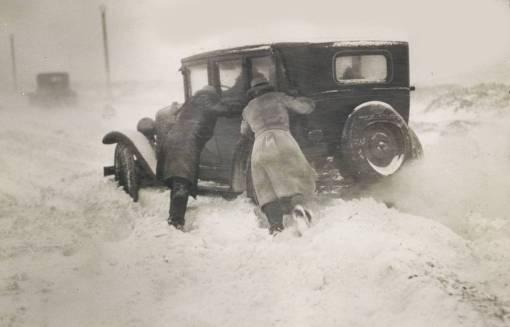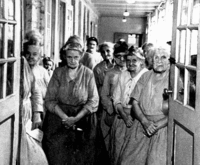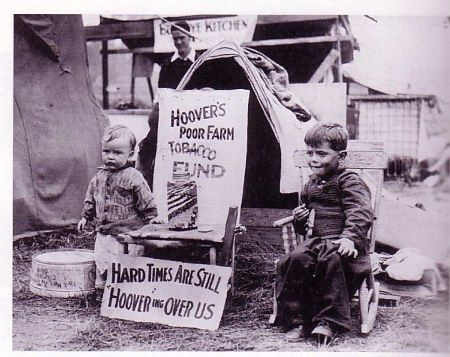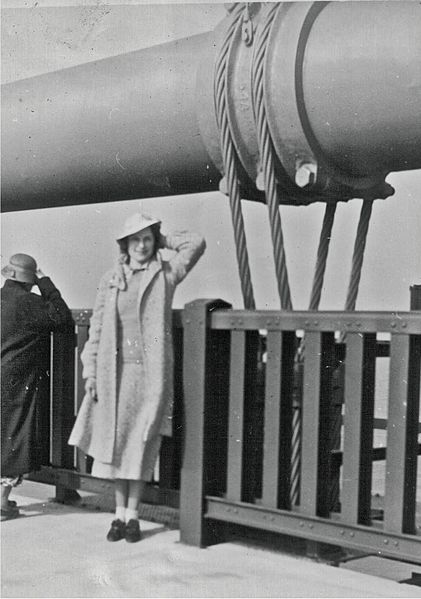New Year's Eve is approaching quickly. What are your plans for that night? Since historically this holiday isn't much different than we celebrate today, I'm going to share what New Year's Eve might have been like in 1926 via an excerpt from my novel Guide Me Home available at Amazon.com. Freddie and Emma. and Jules and Vivi are at a ballroom celebrating the big event:
Emma could hear the music blaring when she emerged from the car. Her feet threatened to tap out the rhythm already, and they weren’t even in the building. “It seems like it’s been such a long time since I’ve gone dancing I probably forgot all those steps for the Charleston and Longbottom, and other dances you taught me.” She took hold of Freddie’s arm as they sauntered toward the lighted doorway, the hem of her flapper dress swishing with the click of her heels.
Freddie looked down at Emma, patting her hand, and smiled. “Just stick with me, baby, I'll help you out.” He leaned in closer. “You’ll be the cat's meow all dolled up in that dress.”
“Thank you.” Emma could feel the heat rise in her cheeks. Finally she was wearing her new silky dress with her black silk stocking to go dancing. Would this night be a dream come true? Excitement coursed through her veins.
As the clock approached the hour of midnight, Emma floated around the ballroom floor in Freddie’s arms. Since the first beat of the music, this night had turned out to be as wonderful as she hoped. She’d remembered all of the dance steps she learned before, dancing either with Freddie or Jules. When Freddie spun her in circles during the waltz, she felt like she was on a carousel at the park. She wanted the evening to go on forever.
As the music stopped, everyone crowded around the stage in anticipation of the stroke of midnight. Freddie had his arm draped around her shoulder. “You sure are a terrific hoofer.” He gave her shoulder a squeeze. “I could dance with you all night long.” He leaned over giving her a peck on the cheek.
Emma could feel her cheeks burn. She wasn’t used to the show of intimacy in front of people. She stepped away from Freddie. “Thanks. I’ve really had a great time, too.” She looked over at Vivi. “Let’s go to the powder room, Vivi.”
“Great idea.” Vivi looked at Jules. “We will be right back. We still have a few minutes before midnight.”
When Emma and Vivi headed back toward the guys, Emma saw Jules hand something back to Freddie. Freddie glanced up while he shoved the item into his pants pocket. His ears turned red, like a kid caught with his hand in the cookie jar, as his eyes met Emma’s again. What could that have been about? Jules and Freddie were laughing loudly as the girls reached their side.
“Are you ready for the celebration?” Freddie leaned closer to Emma to make himself heard above the noise. “I’m ready for my New Year’s kiss.”
She turned to him and smiled. “I’ve never had a New Year’s kiss before.” This would be the icing on the cake for her. A kiss to usher in the New Year. It definitely would be a fantastic year if it started out with a kiss from this man whom she surely loved.
“Five, four, three, two, one!!! Happy New Year!” The room erupted in a symphony of shouting, with the song “Auld Lang Syne” playing in the background. Freddie took Emma in his arms. As he bent her backwards, she put her arms around his neck and held on. She had expected a warm romantic kiss but was instead surprised by a loud, wet smack. Freddie said with a smile on his lips, “Happy New Year, doll.”
“Five, four, three, two, one!!! Happy New Year!” The room erupted in a symphony of shouting, with the song “Auld Lang Syne” playing in the background. Freddie took Emma in his arms. As he bent her backwards, she put her arms around his neck and held on. She had expected a warm romantic kiss but was instead surprised by a loud, wet smack. Freddie said with a smile on his lips, “Happy New Year, doll.”
Standing up, Emma pulled away from him. What was that smell on Freddie’s breath? It reminded her of Uncle Max after he had been drinking on the night her cousin got married. Was that mysterious object in Freddie’s pocket a flask of whiskey? Her mind raced trying to figure out what to say. “What were you and Jules doing while we were gone?” The bubble burst on her idea of a nice romantic New Year’s celebration.
“What’s eating you?” Freddie straightened up. “You were only gone for a couple minutes. We didn’t do anything.” He shuffled his feet.
“Oh, come on, Freddie. I can smell something on your breath.” Emma put her hands on her hips. “Did I see you stick a flask in your pocket?”
“You betcha. Did you want a swig?” Freddie put his hand on his pocket.
Emma gasped. “Are you serious? I’ve never even tasted any stuff like that.”
“Don’t be such a dumb dora.” Freddie glared at her, his nostrils flaring. “What’s a sip now and then? It’s a New Year’s Eve party. It’s what everyone...” Freddie froze. Scrubbing a hand over his face, he stared at his feet. “Uh, Emma, I’m sorry. Um, I didn’t mean to snap at you.”
Biting her lip, Emma shook her head. What should she do?
Jules sidled over and put his arm around her shoulder, giving her a brief hug. “Hey, come on, doll. Where’s the crime? Nobody’s going to get plastered.”
Emma narrowed her eyes and peered at him. “What do you mean? What about Prohibition? Last time I checked, it was a crime.”
With a shallow smile on his face, Jules shrugged. “It’s only a crime to sell the stuff, not take a drink.”
Emma scowled. Was that true? Oh yeah, what about Ella’s wedding last year? The scowl faded. “You’re right. Our neighbor had homemade beer at a wedding since that was not illegal. Our pastor even had a beer that night.”
Vivi smiled at Emma as she leaned against Jules. “Let us not ruin the night with this.” Vivi took Jules hand. “I hear the Charleston starting up. Let us go dance, Big Daddy.”
Not sure what to say, Emma stared at her feet. “I’m sorry I jumped down your throat before.” She couldn’t make herself look at Freddie.
Freddie put a finger under her chin, tipping her head until she gazed into his blue eyes. “No, you don’t have to apologize.” He brought his face close to hers and gave her a soft kiss. “I’m the one who needs to apologize for getting angry at you.” He used his thumb to brush a tear off her cheek. “I don’t want to spoil your special night.”
Now Emma was definitely confused. This kiss meant so much more to her than the one at midnight. She’d been angry after the first kiss, but this made up for it. If only her mind didn’t act like a kaleidoscope-change the angle a little and a completely different view emerged.
Freddie smiled at Emma and took her hand. “The music is calling me.”

_(14775718853).jpg/1280px-The_golden_staircase-_poems_and_verses_for_children_(1907)_(14775718853).jpg)











_(14595218918).jpg/800px-Architect_and_engineer_(1933)_(14595218918).jpg)



_(14765551461).jpg/800px-The_Ladies'_home_journal_(1948)_(14765551461).jpg)



_(14804389543).jpg/565px-American_cookery_(1915)_(14804389543).jpg)
_(14597791988).jpg/800px-American_cookery_(1915)_(14597791988).jpg)




